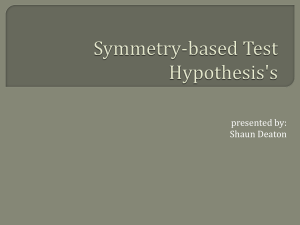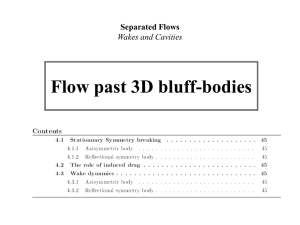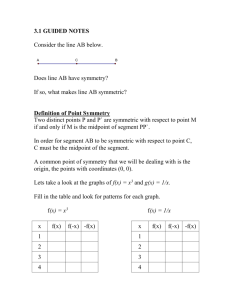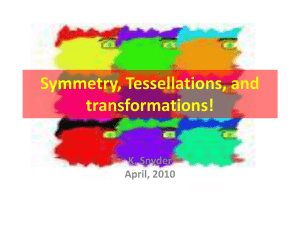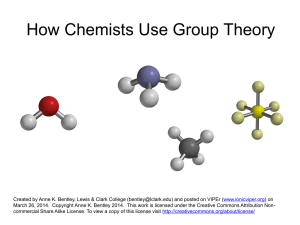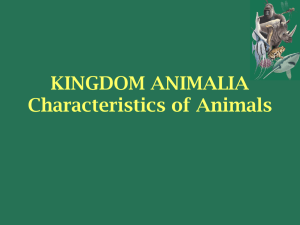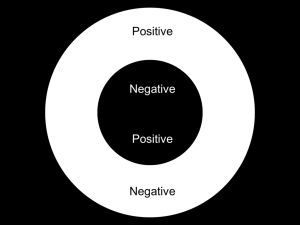“Is Beauty Really in the Eye of the Beholder?”
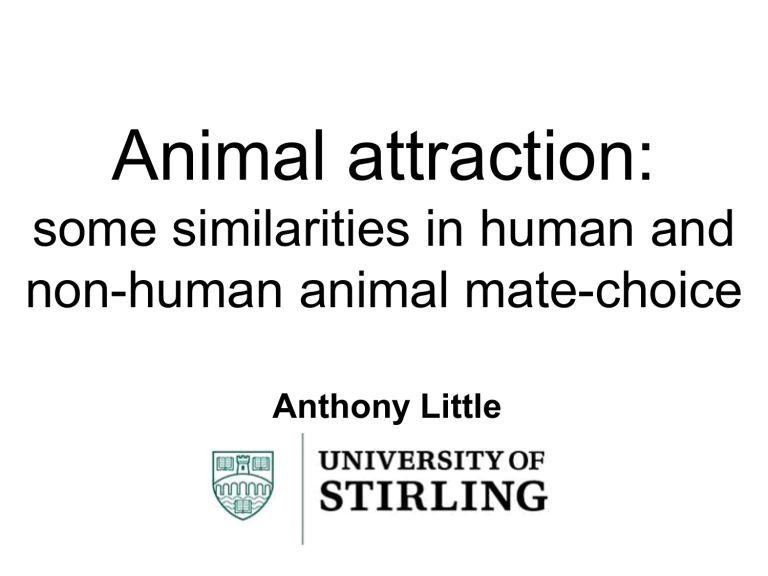
Animal attraction:
some similarities in human and non-human animal mate-choice
Anthony Little
Symmetry in Animals
Preferences for
Symmetry
Non-Human Species Preferences for Symmetry
• Scorpion fly females prefer males with symmetrical bodies
Thornhill, 1992
• “All animals prefer symmetry in their mates. The male Japanese scorpion flies with the most symmetrical wings gets the most mates."
Gil Grissom, CSI, Season 2
Non-Human Species Preferences for
Symmetry
• Female barn swallows prefer males with symmetrical tail feathers
Møller, 1994, Anim Behav
• Female zebra finches prefer symmetrical males
Swaddle & Cuthill, 1994, Nature
Symmetry
• Most features are supposed to be symmetrical
• Deviation from symmetry reflects imperfect development
• Symmetry = a measure of quality
Measuring
Symmetry
Attractiveness ratings of women correlate with measured symmetry
Grammer & Thornhill, 1994, JCP
Penton-Voak et al., 2001, PRSB
Symmetry Manipulation
The lower images are made using the left/right average of the 224 feature points
(only 4 are
Marked here)
Original
Symmetric
Symmetry is found attractive…
Perrett et al., 1999, EHB
Symmetry is More Associated with
Attractiveness in Opposite-Sex Faces
Little et al., 2008, Behavioural Ecology
The Hadza of Tanzania
• Live in small bands
• Hunt with bows and arrows
• Gather roots, tubers and wild fruits
• Conditions representative of human evolution?
Hadza Face Preferences Symmetry
5 pairs original symmetric
Hadza Face Preferences Symmetry
5 pairs original symmetric
Little, Apicella, & Marlowe (2007) Proc Royal Soc
Macaque Preferences Symmetry
Preferred by females asym
• Gaze longer at symmetrical face
Waitt & Little (2006) IJP sym
Relationships between
Sexual Dimorphism and
Symmetry
Measuring
Symmetry &
Sexual dimorphism
Penton-Voak, et al. 2001,
Proc Royal Soc
Hadza, Europeans, & Macaques
Measured symmetry and masculinity in:
70 Hadza, 177 European, 123 Macaques
Males
Hadza, Europeans, & Macaques
Correlation between S and M in all
Suggests common origin to development
Good-genes? Good environment?
Conclusions
• We can examine the importance of certain traits across species:
• Many animals ‘prefer’ symmetric mates
• Facial asymmetry appears linked to other important traits in primates
Conclusions
• There are some broad similarities between humans and other animals…
• Understanding how other animals choose their mates can help us understand behaviour in humans
• ...and vice versa

